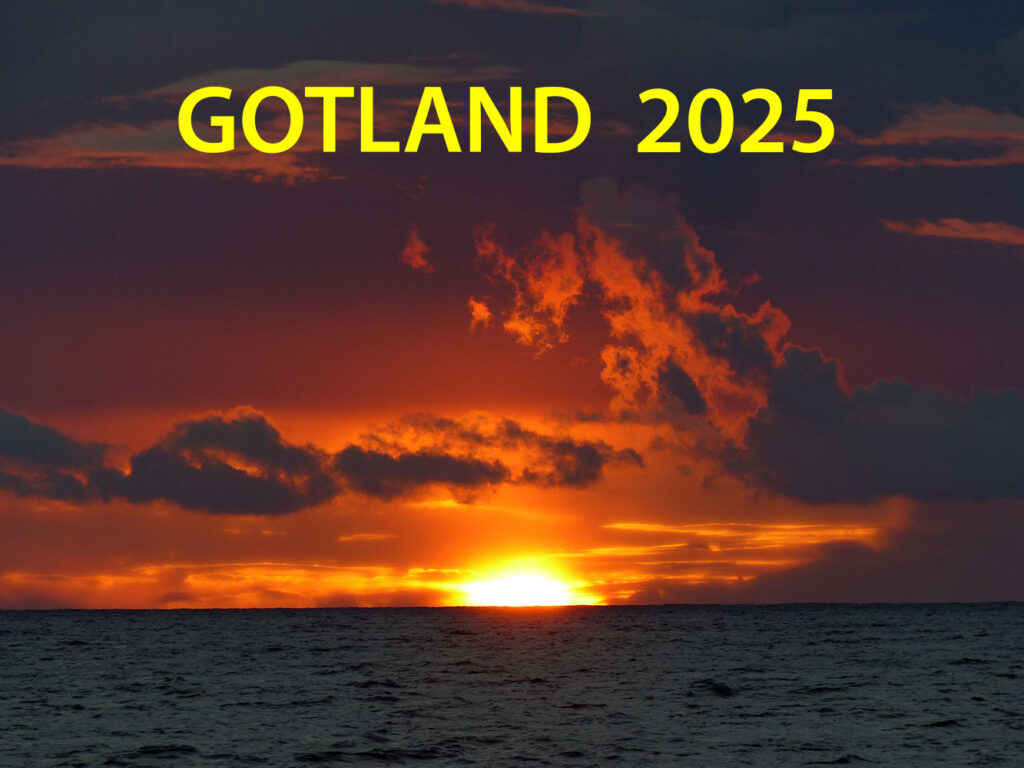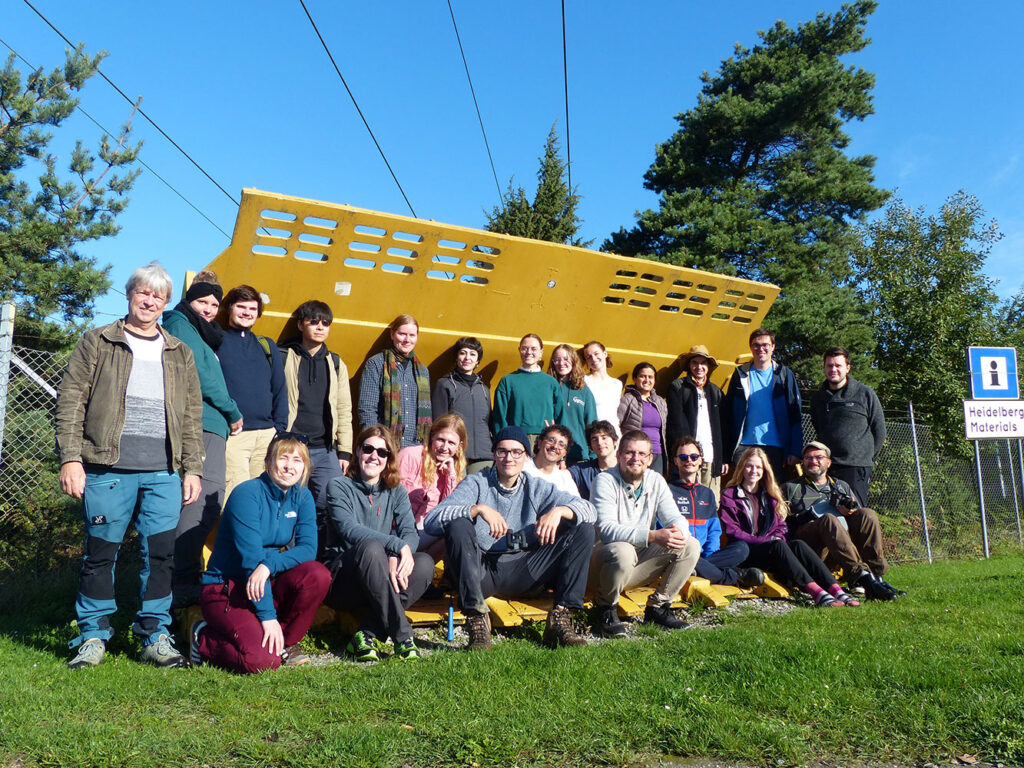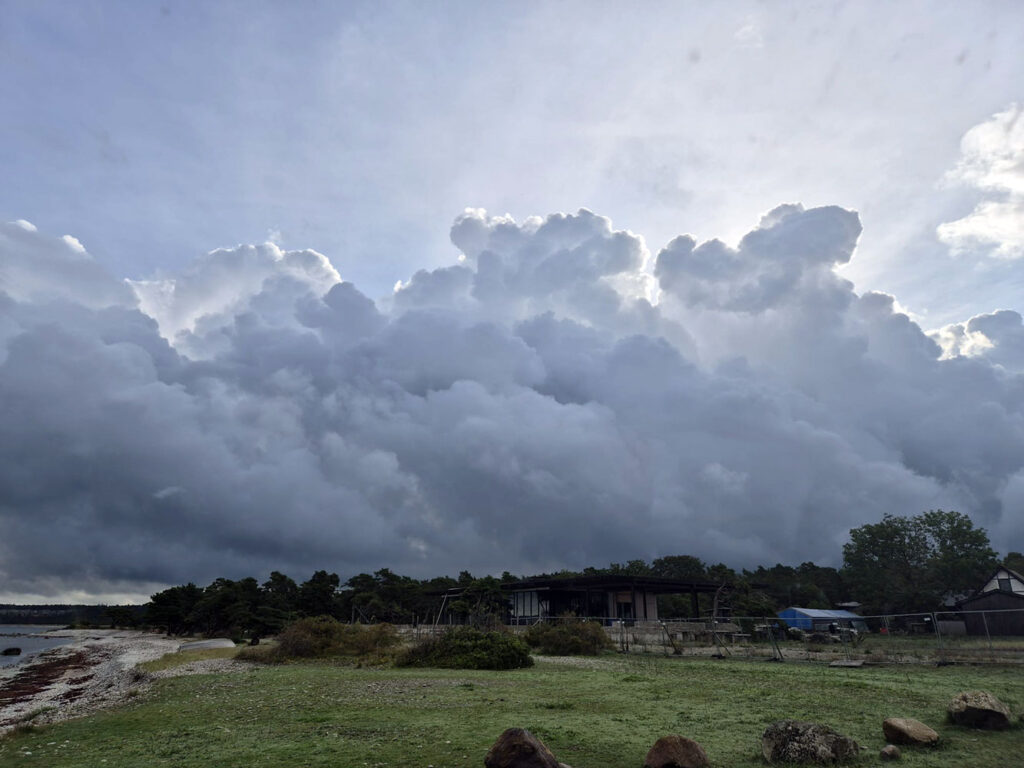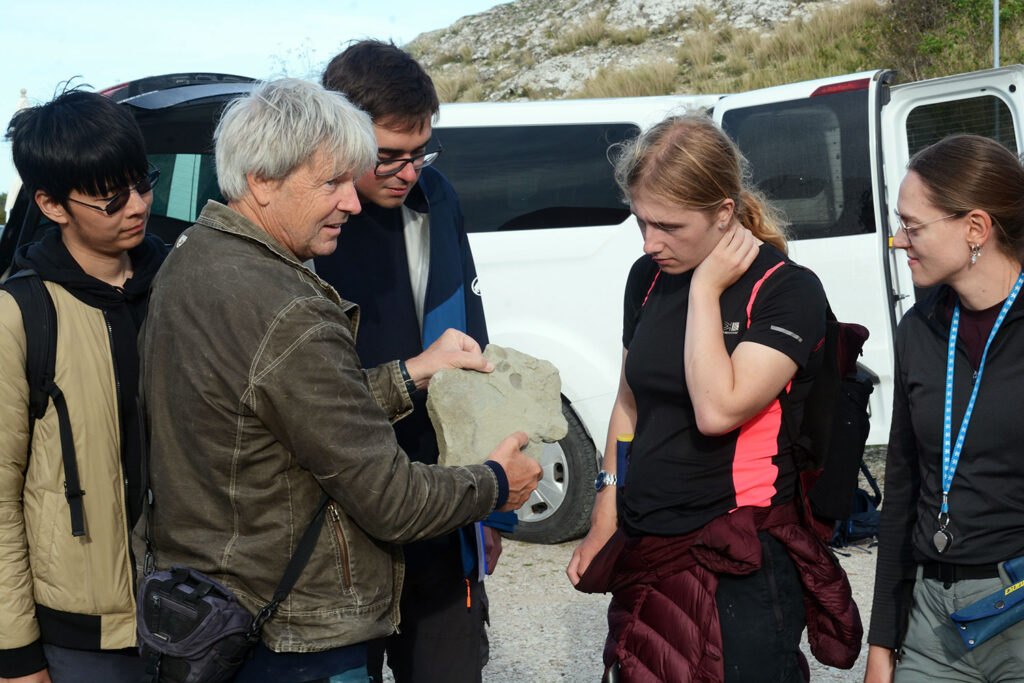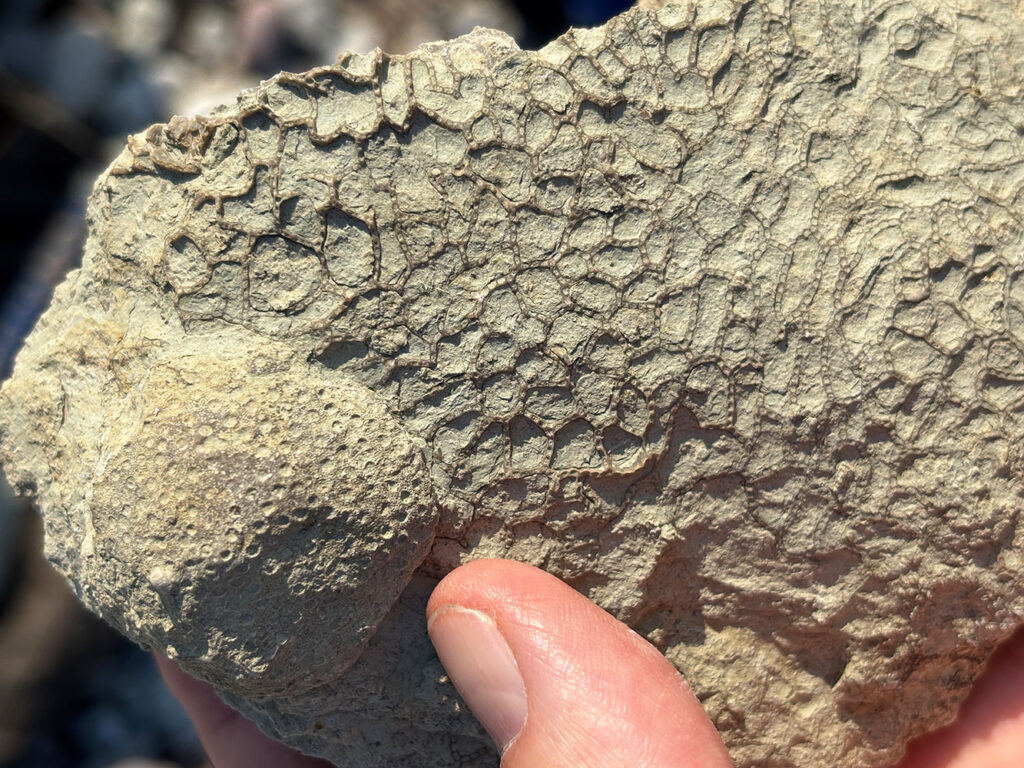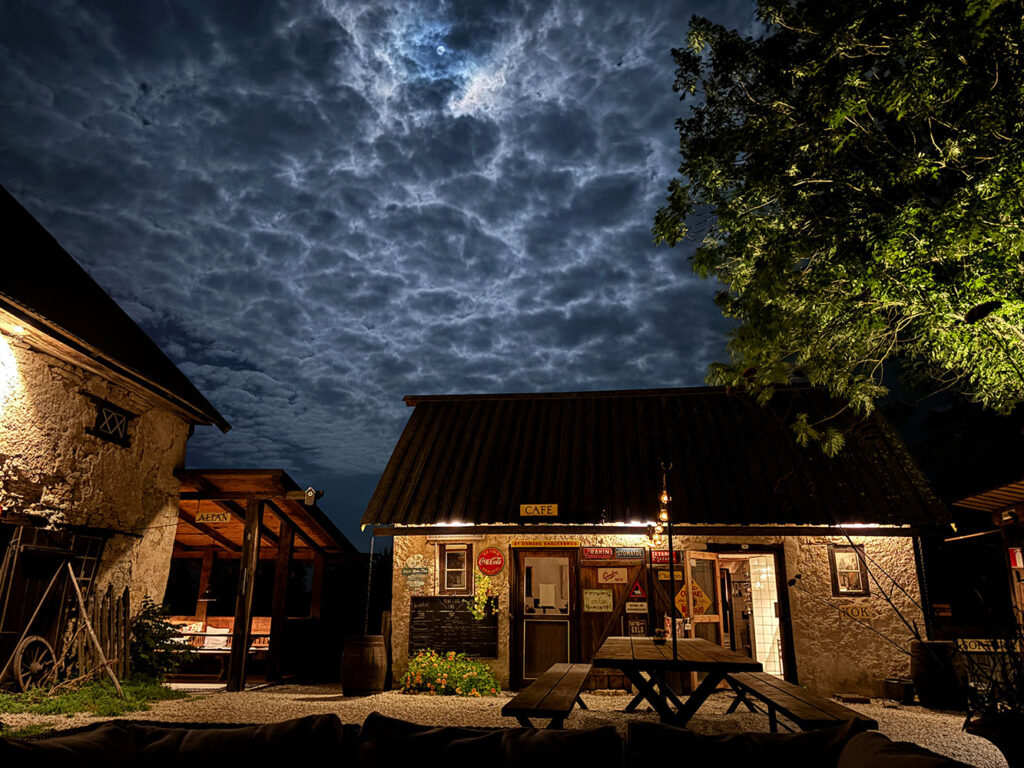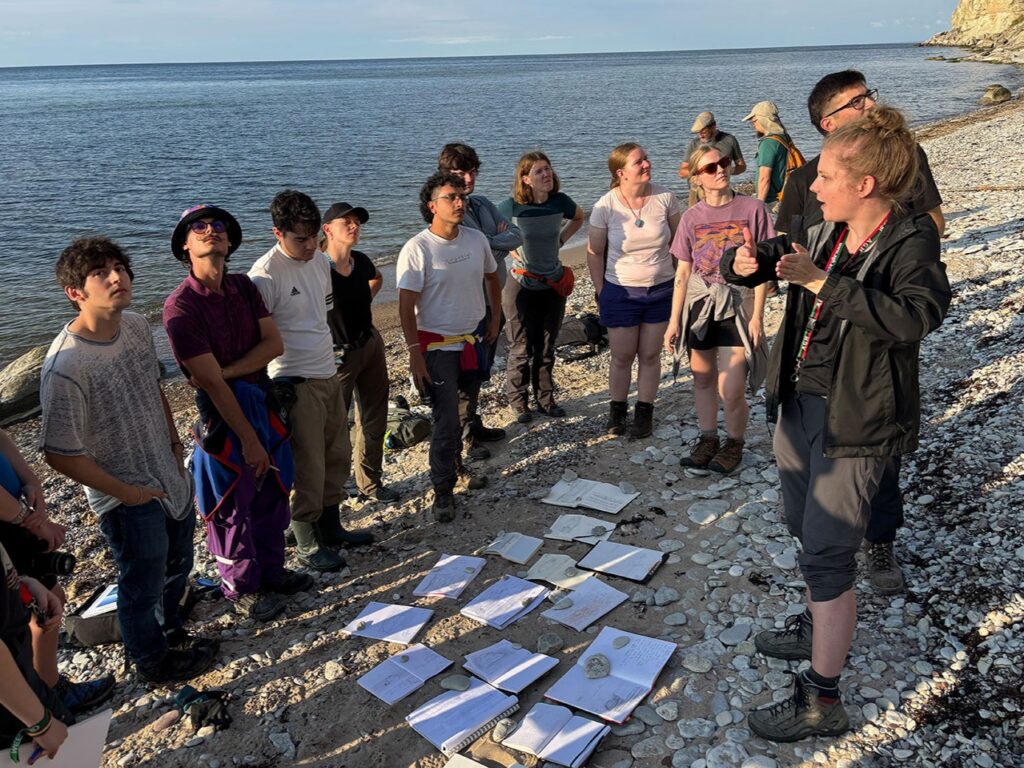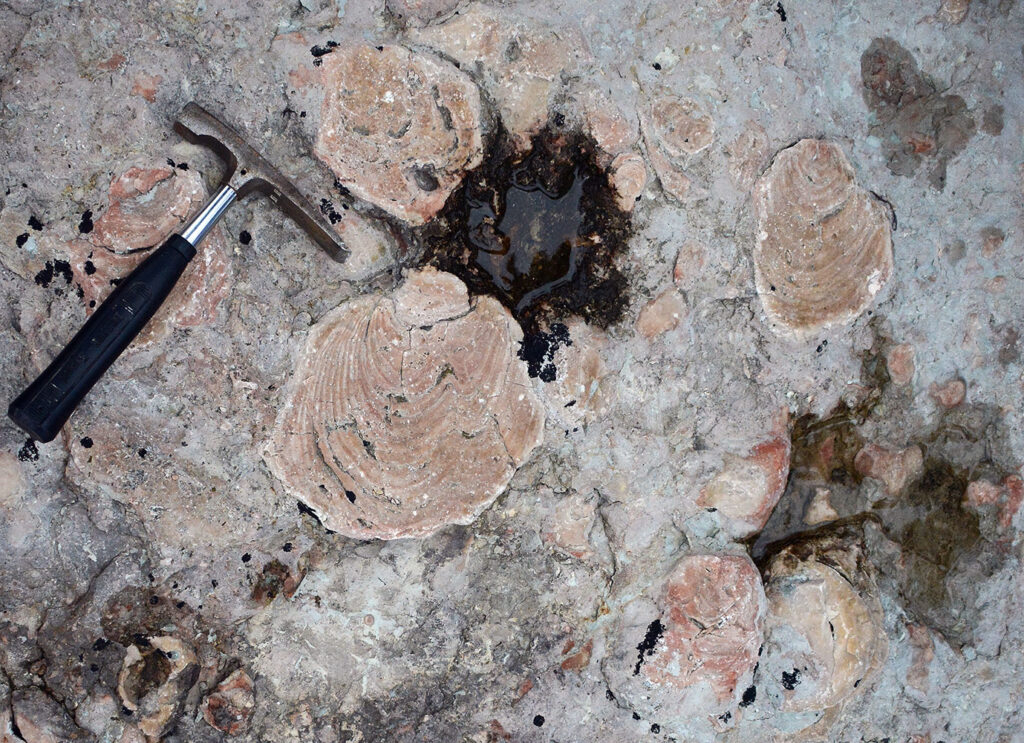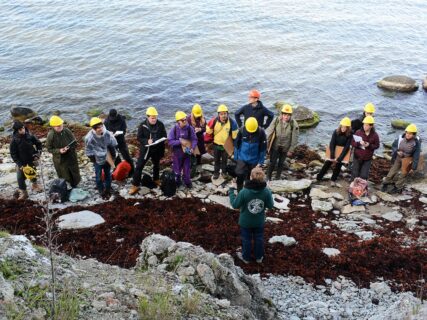Field trip to Gotland: Tropical rocks and fossils from the Silurian period
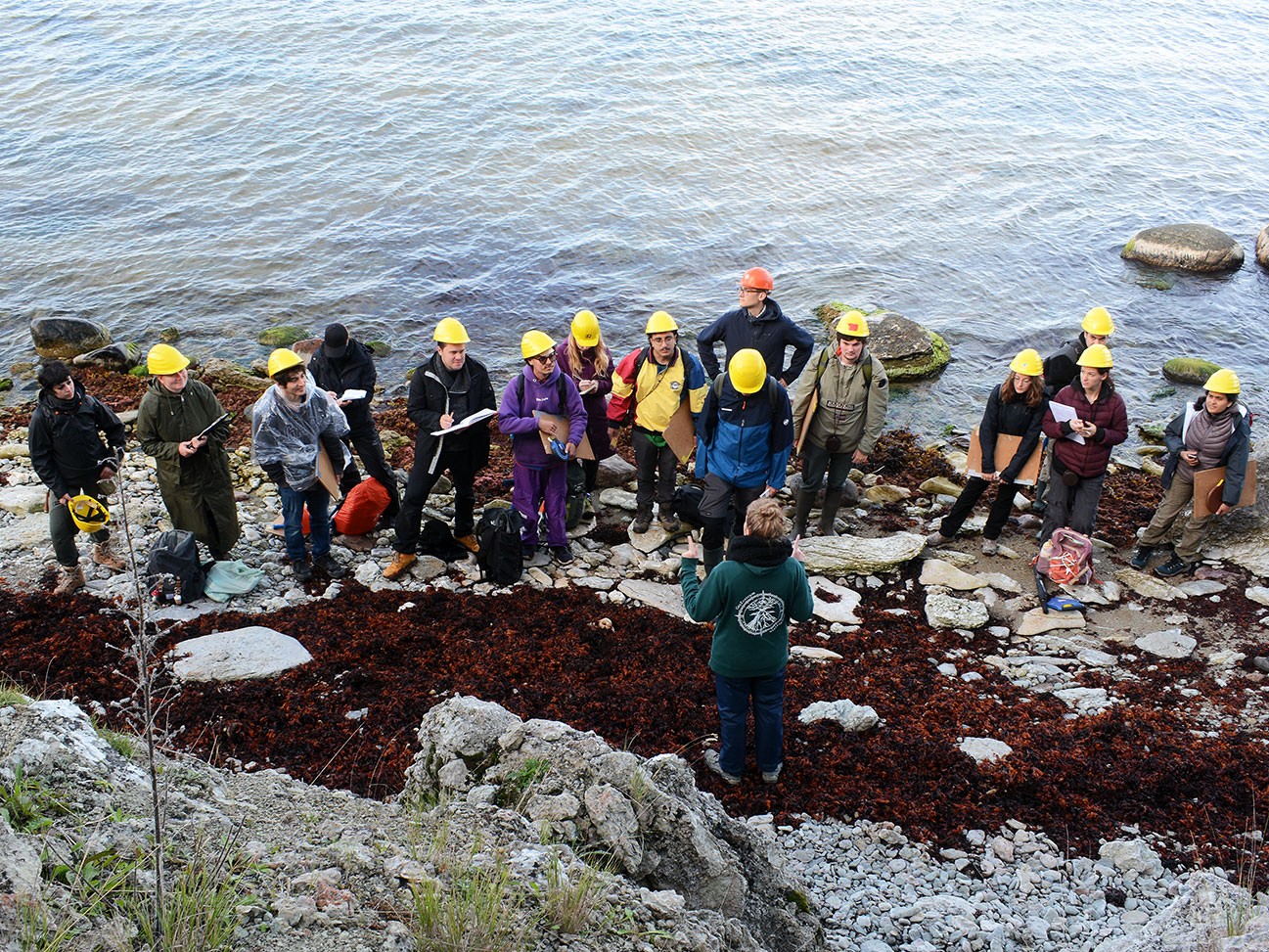
As part of its regular courses, the GeoZentrum Nordbayern in Erlangen conducts a two-week field exercise on Gotland (Sweden) every two years. This year, master’s students in palaeontology once again spent two weeks on the island learning how to measure geological sections on various scales and using different techniques, as well as how to extract information about sedimentary environments from rocks and fossils. The rocks on Gotland are over 400 million years old (from the Silurian period) and exceptionally well preserved. Gotland is Sweden’s largest island and consists mainly of carbonate sedimentary rocks that were deposited in a shallow tropical shelf sea. The Silurian deposits on the island offer a unique insight into the development of marine ecosystems and the interactions between sea level, climate, and biological evolution. The trip was organized and led by Axel Munnecke and Anna Merkel from the Microfacies Workinghttps://www.gzn.nat.fau.eu/palaeontologie/forschung/carbonate-sedimentology-and-facies-analysis/ Group. Further impressions can also be found on Facebook.
